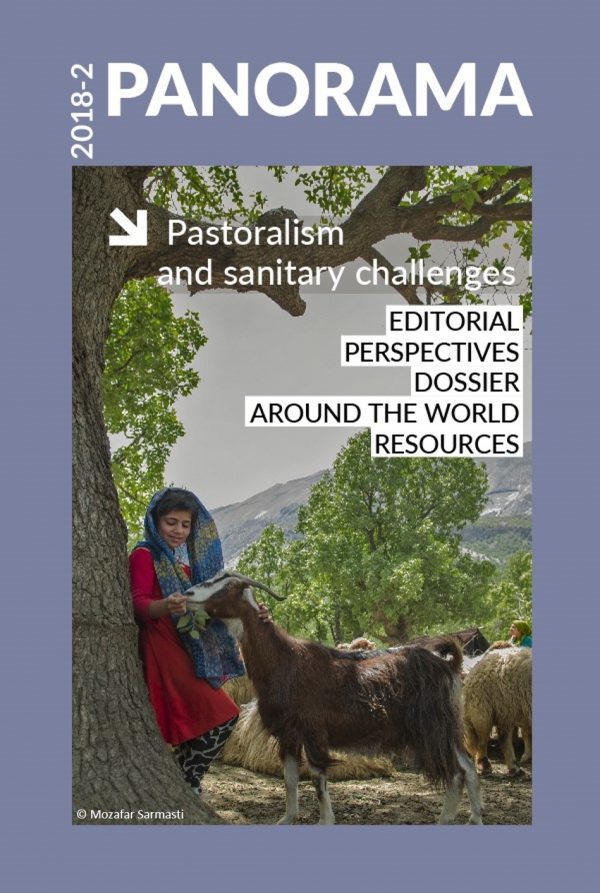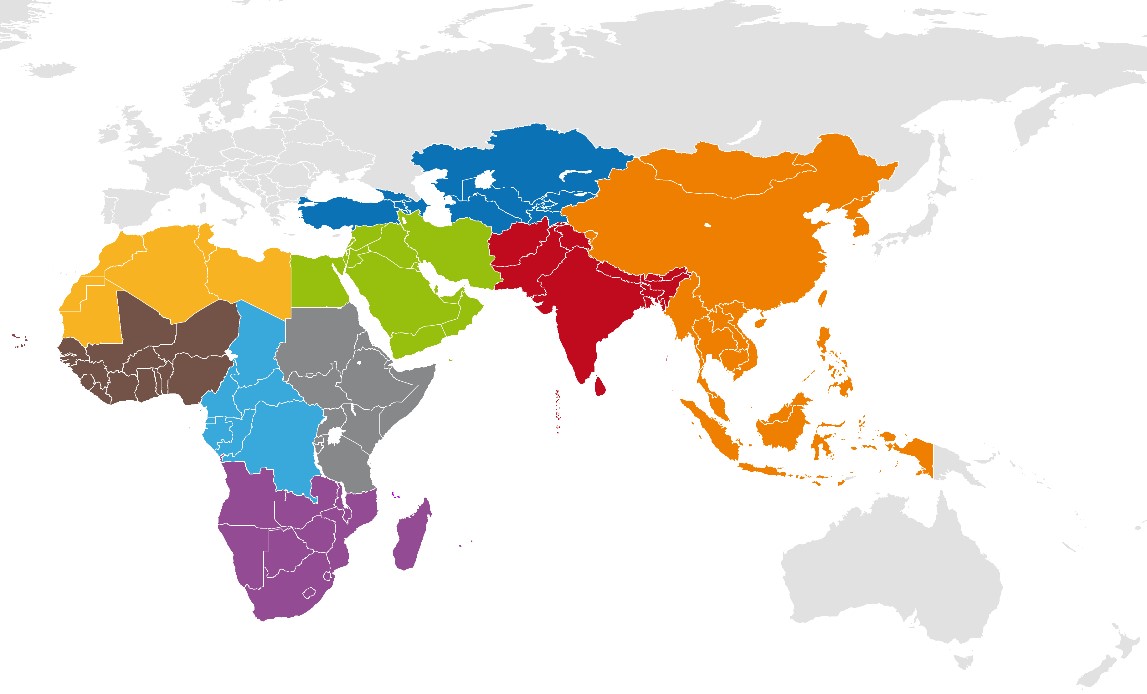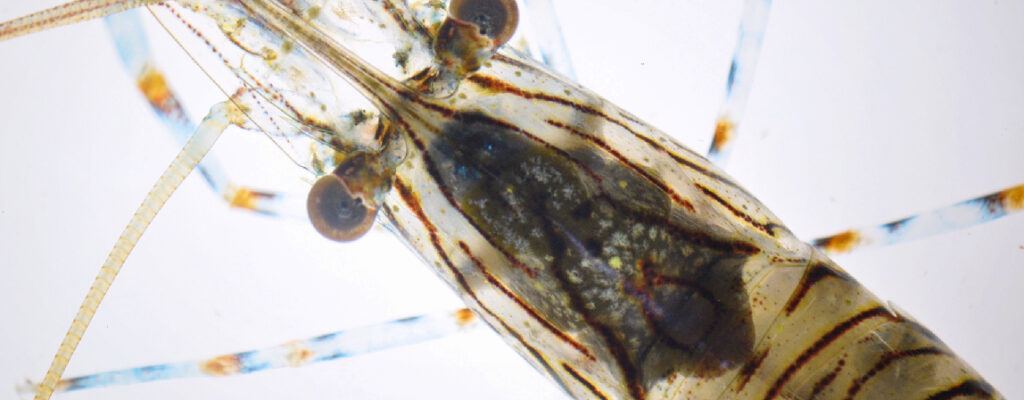Around the world Posted on 2019-02-19 14:18:37
Network initiatives
Peste des petits ruminants – Follow-up on regional meetings and national strategic plans
The Global Strategy for the Control and Eradication of PPR (PPR-GCES), and the Peste des Petits Ruminants Global Eradication Programme 2017-2021 (PPR-GEP), adopted by the Food and Agriculture Organization of the United Nations (FAO) and the World Organisation for Animal Health (OIE) in 2015 and 2016 respectively, divide the 76 countries that are infected with PPR, or are at risk of infection, into nine regions.
These regions were determined on the basis of regional economic communities:
- Arab Maghreb Union (AMU)
- Association of Southeast Asian Nations (ASEAN)
- Economic Community of Central African States (ECCAS)
- Economic Cooperation Organization (ECO)
- Economic Community of West African States (ECOWAS)
- Gulf Cooperation Council (GCC)
- Intergovernmental Authority on Development (IGAD)
- South Asian Association for Regional Cooperation (SAARC)
- Southern African Development Community (SADC).
In line with PPR-GCES and PPR-GEP, the PPR status of each country in a region is evaluated every two years at regional meetings. This evaluation is based on a progressive stepwise approach (Stages 1 to 4 below, Fig. 1) and on the use of a dedicated tool: the PPR Monitoring and Assessment Tool (PMAT).

The outcome of these regional meetings and the establishment and updating of roadmaps indicate each country’s progress towards eradication, with the global objective remaining eradication by 2030. The meetings are organised by FAO and the OIE, through their joint PPR secretariat, in conjunction with regional economic communities and the countries themselves.
The process commenced in August 2015 and led to a first round of nine regional meetings. A second round began in 2017 and is due for completion in early 2019. In light of the progress made with PPR control, the map of the PPR global situation has been updated, also taking into consideration those countries that are officially free of the disease.
At the national level, PPR-GCES and PPR-GEP recommend the adoption of national strategic plans (NSPs) for PPR eradication. These documents, which must be approved by each country’s competent authorities, include: a rationale for eradication based on the socio-economic impact of PPR; a description of the way the Veterinary Services are organised; the country’s own vision and strategy; a budget estimate; and a description of the resource-mobilisation process, targeting the different partners. To date, over half the countries concerned have either completed or formally validated their NSP. This should rise to two thirds by the end of 2018 thanks to strong support from the African Union – Interafrican Bureau for Animal Resources (AU–IBAR).
Constantly updated PPR regional roadmaps, coupled with NSP validation and implementation, are the pillars of the PPR eradication process and, as such, are at the heart of the work carried out by FAO and the OIE, with the support of regional economic communities and the countries themselves.
http://dx.doi.org/10.20506/bull.2018.2.2870














